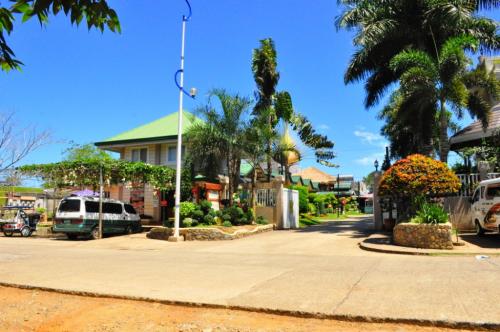Late into the 90s, the country has started to get wired. In addition to the traditional telephone lines, otherwise called landlines, the Internet, cable TV, and mobile communication spread like wildfire.
Landlines
Still the biggest and the widest network is the Philippine Long Distance Company (
PLDT). Once a wholly government-funded organization, private businesses are now running the company. With that comes much better services and products.
Coming second in Metro Manila is the
Bayan Telecommunications, followed by
Digitel Philippines, then
PT&T, which also serves certain provinces.
Mobile communication
Philippines is the text capital in Asia, if not in the world. Two major networks now are
Globe Telecoms and
Smart Communications. Closely following is
Sun Cellular. Communication has never been easy or fast, or even cheap, now that Filipinos have learned to text. In fact, even tourists and balikbayans (returning Filipinos) find it much easier to get around with the help of a mobile phone.
Because of mobile communication, traditional phones are becoming a thing in the past. As a result, more and more people see the advantage of having a cellular phone.
Internet
In Metro Manila, Internet connection ranges from dial-up to broadband to wi-fi. The big telecommunication companies---PLDT, SMART, GLOBE, and BayanTel---also provide these Internet connections. Many hotels and resorts here in the Philippines already have Internet connection. If a hotel or inn or resort has none of this service, tourists can always go to the Internet cafes. Many of the cities have Internet cafes.
